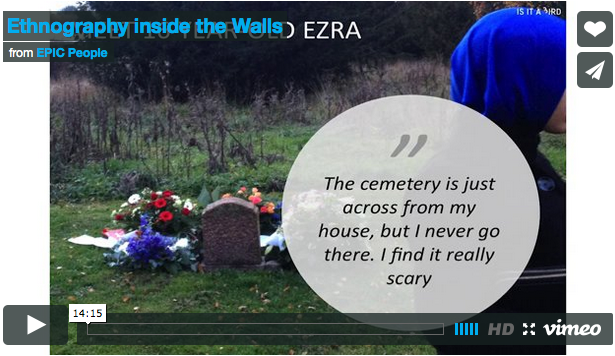What is Foresight? Foresight is an umbrella term used to describe a wide variety of methodologies and approaches for considering and preparing for possible and probable futures in order to help inform present and future courses of action. Today, it is an important and widely deployed practice that...




